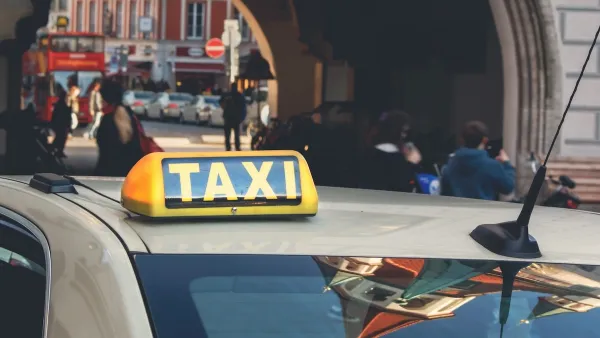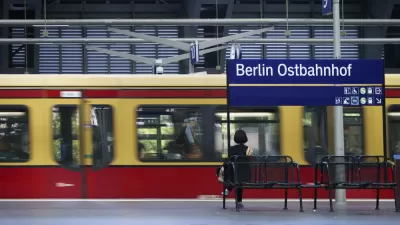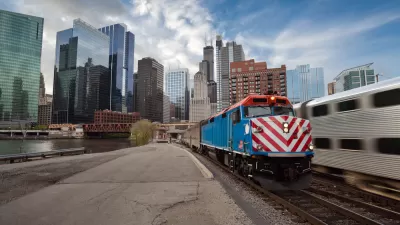In one of the countries leading the world in green energy adoption, a program to support solar energy has become a victim of its own success, reports Bjørn Lomborg.
It seems that Germany's enthusiasm for solar energy, where the government has doled out more than $130 billion in subsidies to its citizens to encourage them to invest in solar energy, does not match the country's ability to generate enough energy from sunlight to meet its overbuilt capacity and does little to reduce greenhouse gas emissions.
According to Lomborg, "On short, overcast winter days, Germany's 1.1 million solar-power systems can generate no electricity at all. The country is then forced to import considerable amounts of electricity from nuclear power plants in France and the Czech Republic."
"Indeed, despite the massive investment, solar power accounts for only about 0.3 percent of Germany's total energy. This is one of the key reasons why Germans now pay the second-highest price for electricity in the developed world (exceeded only by Denmark, which aims to be the 'world wind-energy champion')."
Even worse for solar energy proponents, "this sizeable investment does remarkably little to counter global warming. Even with unrealistically generous assumptions, the unimpressive net effect is that solar power reduces Germany's CO2 emissions by roughly 8 million metric tons-or about 1 percent – for the next 20 years."
FULL STORY: Goodnight Sunshine

Planetizen Federal Action Tracker
A weekly monitor of how Trump’s orders and actions are impacting planners and planning in America.

Chicago’s Ghost Rails
Just beneath the surface of the modern city lie the remnants of its expansive early 20th-century streetcar system.

San Antonio and Austin are Fusing Into one Massive Megaregion
The region spanning the two central Texas cities is growing fast, posing challenges for local infrastructure and water supplies.

Since Zion's Shuttles Went Electric “The Smog is Gone”
Visitors to Zion National Park can enjoy the canyon via the nation’s first fully electric park shuttle system.

Trump Distributing DOT Safety Funds at 1/10 Rate of Biden
Funds for Safe Streets and other transportation safety and equity programs are being held up by administrative reviews and conflicts with the Trump administration’s priorities.

German Cities Subsidize Taxis for Women Amid Wave of Violence
Free or low-cost taxi rides can help women navigate cities more safely, but critics say the programs don't address the root causes of violence against women.
Urban Design for Planners 1: Software Tools
This six-course series explores essential urban design concepts using open source software and equips planners with the tools they need to participate fully in the urban design process.
Planning for Universal Design
Learn the tools for implementing Universal Design in planning regulations.
planning NEXT
Appalachian Highlands Housing Partners
Mpact (founded as Rail~Volution)
City of Camden Redevelopment Agency
City of Astoria
City of Portland
City of Laramie





























